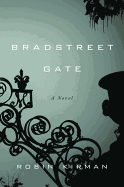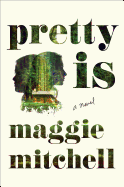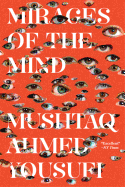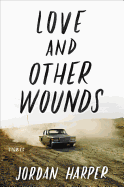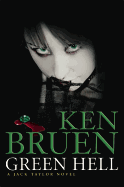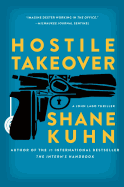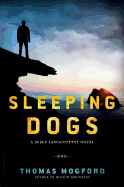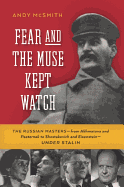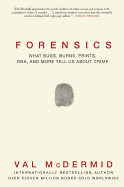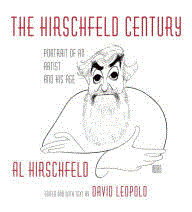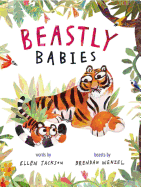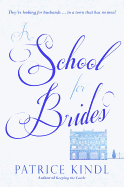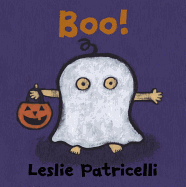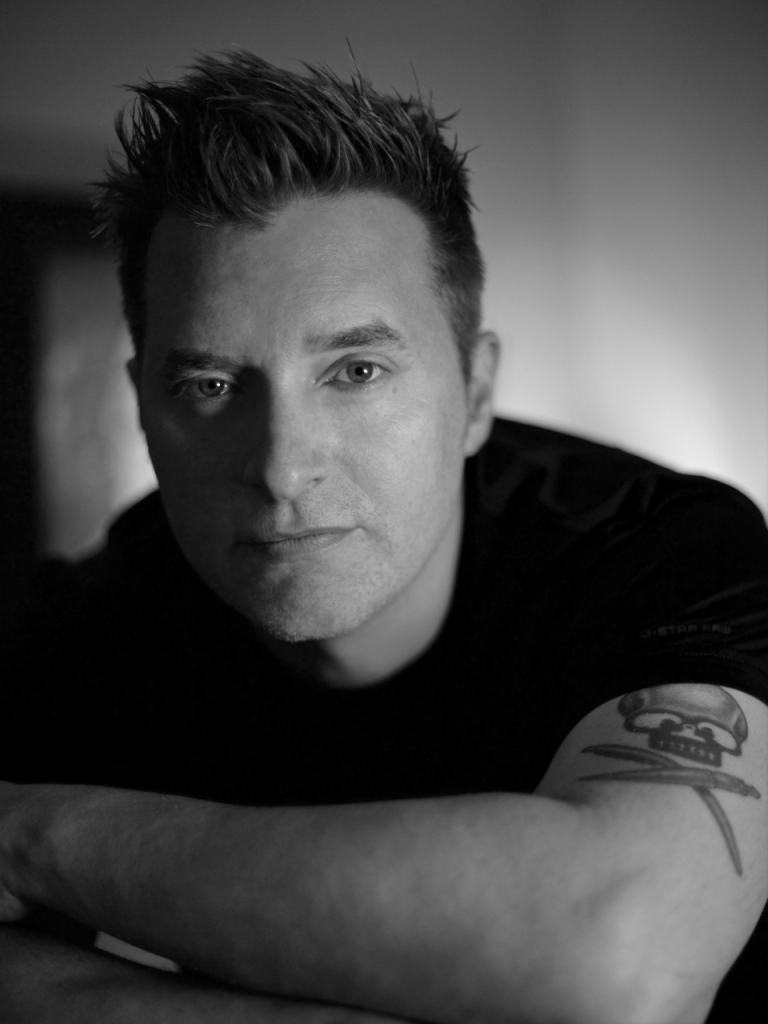 |
| photo: Ted Frericks |
Shane Kuhn has 20 years of experience in entertainment and advertising as a writer and filmmaker, and has paid his dues as an intern. His debut thriller, The Intern's Handbook, was published in 2014, and a movie adaptation is in the works with Dave Franco attached to star as assassin John Lago.
Here, Kuhn discusses the sequel, Hostile Takeover (reviewed below); the childhood incident that led him to writing; and his encounter with a victim of gun violence.
John Lago was eight when he made his first kill. You were eight when you were grounded and started to keep a journal to vent your anger--which set you on the path to writing. Why were you grounded?
I was grounded for two weeks for (a) starting a fire in the ditch behind our house and (b) lying about it. I used to build World War II models of aircraft carriers, battleships, bombers, fighter planes, etc. And since I had an active imagination, I staged fierce and deadly battles.
On that day, I believe I was reenacting the kamikaze attack that sank an American escort carrier at the Battle of Iwo Jima. The aircraft carrier was badly damaged but I needed more dramatic effect for the grand finale.
So, I "played with matches" and set the aircraft carrier on fire. It was spectacular and really completed the scene. The only problem was the model glue in those days was highly flammable, so a small fire on the aft deck became a raging inferno and the plastic started melting in the water--still burning!
I panicked and threw water and mud all over it, but eventually fled the scene. Our neighbor had seen it and put out the fire with his extinguisher. He also called my dad to dime on me. I lied right to my dad's face, telling him I hadn't been in the ditch for weeks while I attempted to hide my muddy Chuck Taylors under the kitchen table.
He was furious about the fire but despised lying more than any childhood transgression, so I got two weeks in solitary. I was allowed to read, do yard work and chores around the house, and that's it. So, I started journaling to keep from going insane and found it to be incredibly fun and immersive. I guess I have my father's strict German discipline to thank for helping me become a writer.
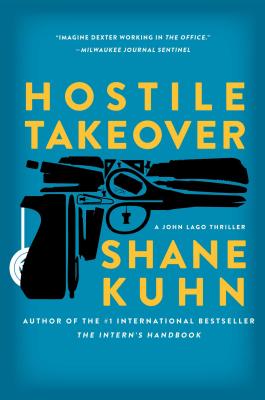 You've said you become your characters when writing. Considering they're assassins, have you ever scared family and friends?
You've said you become your characters when writing. Considering they're assassins, have you ever scared family and friends?
When I say I become my characters, I mean I like to immerse myself into their world. It's kind of like doing shamanic journeying. I spend a lot of time with my eyes closed, allowing their imaginary world to unfold and allowing them to speak to me. And they often do. I know a good character by the fact he or she won't shut the hell up.
I think what is scary to people is that I want to go to those places in my mind. In person, I'm wicked laid back, like a surfer (which I used to be) or rocker (which I am). Often times, people will tell me how shocked they were when they read my work. They say if they didn't know me, they would think I was the prince of darkness.
You're lead singer in a U2 cover band. If the powers that be allowed you to sing a song for the movie's soundtrack, which song would you choose?
I love this question so much because what I really want to be when I grow up is a rock star! If I could sing a cover song for the film--which I may have to try to negotiate with the studio (he says, rubbing his hands together fiendishly)--I would probably sing the U2 song "Until the End of the World" for a couple of reasons.
First, that's where John is willing to go with Alice, and second, that song is actually about Judas betraying Jesus (U2 is a very religious band), and betrayal is a major theme in both The Intern's Handbook and Hostile Takeover.
Your books' cover designs are really clever. You tattooed the Intern's Handbook design on your arm. Will you be doing the same with the Hostile Takeover cover?
I LOVE LOVE LOVE my book cover art. Roberto de Vicq de Cumptich is an incredibly talented and clever designer, and I feel incredibly lucky to have had him produce those images. Obviously, or I wouldn't have gotten a tattoo of the Intern's Handbook art! That was done by Megan Massacre of New York Ink fame, by the way. She's rad, too.
Both covers really nail the spirit of the work and they make you think. I am strongly considering getting a tattoo of the office supply handgun on the cover of Hostile Takeover, but there's the small matter of deciding where to get it. It's one thing to have a visible skull and bones on your body, but it's quite another to have a visible gun.
Especially nowadays.
I'm very sensitive to the horrific gun violence that's plaguing our country and would never want to make light of that in any way. I actually sat on an airplane next to one of the young women killed in the [Aurora, Colo.] movie theater shooting. She had survived another shooting incident in Canada and we talked about how terrified she was to go out in public. When I saw her picture on the cover of USA Today as a victim, it broke my heart.
I remember. Her name was Jessica Ghawi.
I don't mean to get too political here, but the point is, this is part of what I'm considering when thinking about getting that tattoo. Megan Massacre told me that once you get a tattoo, you can't stop at one, like Pringles or hash brownies. I said I was definitely going to stop at one, but it turns out she was right. I would like more, and I like that they will have real meaning for me. Being a novelist is a dream come true and part of my story as a warrior on this earth, so I'm proud to wear my ink!
One of the characters in Hostile Takeover, Kiana Nguyen, is based on a real person. Tell us about that.
This came about because of a contest Simon & Schuster ran, asking fans of The Intern's Handbook to enter to win a chance at being named a character in the sequel. Kiana won, and her namesake in the book is a Wall Street suit by day, drug lord by night, a Jekyll-and-Hyde type of person featured in one of John's more violent and fun flashbacks.
Kiana is not a drug lord or a Wall Street suit. She just graduated college and is an aspiring author! Wunderkind, my independent PR firm, ended up liking her so much they gave her--wait for it--AN INTERNSHIP! She's working there this summer, learning the PR ropes, and evidently working on her first novel, which, based on her interesting and funny personality, will probably be great! --Elyse Dinh-McCrillis, blogger at Pop Culture Nerd
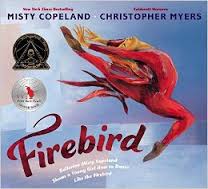 In her book for young people, The Firebird, Copeland explores the relationship between an accomplished dancer and an aspiring young dancer. The fledgling sees only "the space between you and me," as she watches a woman in a white tutu leap New York's East River in Caldecott Honor artist Christopher Myers's collage. Even while stationary, the adult dancer suggests grace and movement. "Darling child," the woman tells the young narrator, "don't you know you're just where I started before the fireworks of costume."
In her book for young people, The Firebird, Copeland explores the relationship between an accomplished dancer and an aspiring young dancer. The fledgling sees only "the space between you and me," as she watches a woman in a white tutu leap New York's East River in Caldecott Honor artist Christopher Myers's collage. Even while stationary, the adult dancer suggests grace and movement. "Darling child," the woman tells the young narrator, "don't you know you're just where I started before the fireworks of costume."



 You've said you become your characters when writing. Considering they're assassins, have you ever scared family and friends?
You've said you become your characters when writing. Considering they're assassins, have you ever scared family and friends?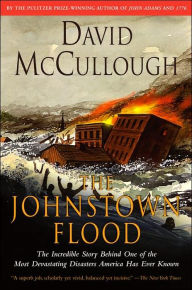 On May 31, 1889, an earthen dam holding back a reservoir known as Lake Conemaugh in South Fork, Pa., gave way after two days of extraordinarily heavy rains. The resulting flood--some 20 million tons of water--rushed down the Little Conemaugh river valley, laying waste to nearly everything in its path. Johnstown, an industrial town of some 30,000 people 15 miles from Lake Conemaugh, was utterly devastated. Upwards of 2,000 people died, and the flood caused more than $17 million in damage. Most of the flood victims in Johnstown were Welsh and German immigrants, drawn to the city to work in its booming steel industry. Lake Conemaugh, meanwhile, belonged to the South Fork Fishing and Hunting Club, an elite group of Pittsburgh businessmen that included among its members Andrew Carnegie, Henry Clay Frick and Andrew Mellon. For years, residents of Johnstown had lived in fear of the dam breaking, and for years, the member of the South Fork Fishing and Hunting Club did nothing.
On May 31, 1889, an earthen dam holding back a reservoir known as Lake Conemaugh in South Fork, Pa., gave way after two days of extraordinarily heavy rains. The resulting flood--some 20 million tons of water--rushed down the Little Conemaugh river valley, laying waste to nearly everything in its path. Johnstown, an industrial town of some 30,000 people 15 miles from Lake Conemaugh, was utterly devastated. Upwards of 2,000 people died, and the flood caused more than $17 million in damage. Most of the flood victims in Johnstown were Welsh and German immigrants, drawn to the city to work in its booming steel industry. Lake Conemaugh, meanwhile, belonged to the South Fork Fishing and Hunting Club, an elite group of Pittsburgh businessmen that included among its members Andrew Carnegie, Henry Clay Frick and Andrew Mellon. For years, residents of Johnstown had lived in fear of the dam breaking, and for years, the member of the South Fork Fishing and Hunting Club did nothing.